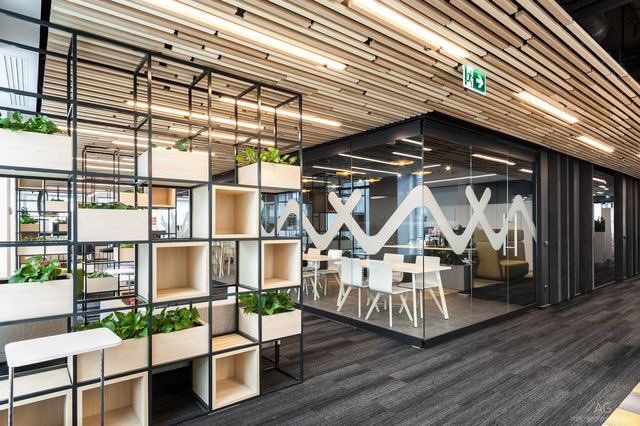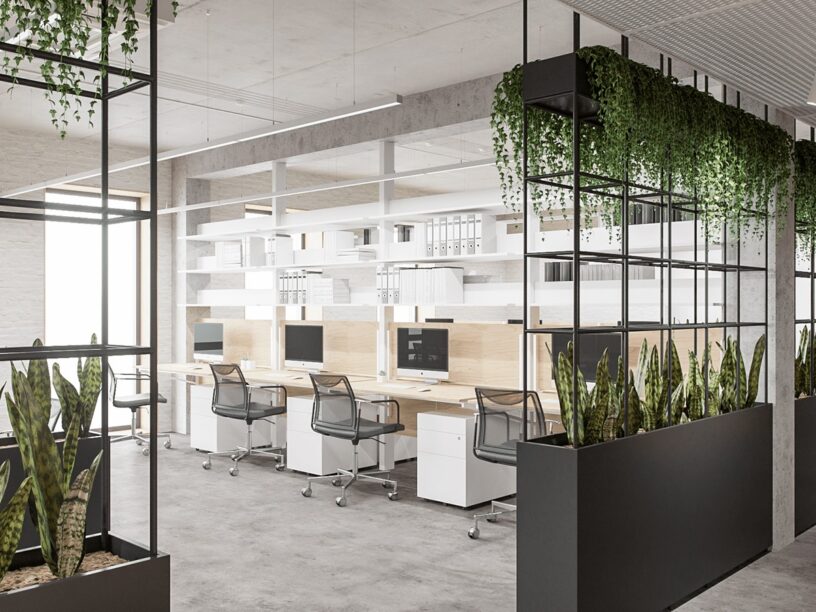Biophilic Design in the Workplace: A Path to Improved Wellness and Productivity
In recent years, the concept of biophilic design has gained significant attention as a way to create environments that promote wellness, comfort, and productivity. Biophilic design refers to the integration of natural elements and patterns into the built environment, inspired by the principles of biomimicry and the idea that humans have an innate connection with nature.

The idea of biophilic design is especially relevant in the workplace, where most people spend a significant portion of their day. Studies have shown that exposure to nature and natural elements can have a positive impact on various aspects of well-being, such as stress levels, mood, and cognitive function. In addition, the use of biophilic design in the workplace can lead to increased productivity and creativity, improved indoor air quality, and reduced energy costs.
One of the key principles of biophilic design is the use of natural light. Sunlight has a positive impact on human health and well-being, helping regulate our circadian rhythm and boosting our mood and energy levels. In the workplace, this can be achieved through the use of skylights, large windows, and open floor plans that allow natural light to flow freely.
Another important aspect of biophilic design is the integration of natural materials and patterns into the built environment. This can be achieved through the use of wood, stone, and other natural materials in the design and construction of buildings and furniture. The incorporation of natural patterns, such as the spirals and fractals found in nature, can also contribute to a more harmonious and calming environment.
Plants and vegetation are another key component of biophilic design in the workplace. The presence of plants has been shown to have a positive impact on human health, reducing stress and improving cognitive function. In addition, plants act as natural air filters, removing pollutants from the air and improving indoor air quality.

Finally, biophilic design can also include the integration of water elements, such as fountains, aquariums, and water walls. The soothing sound of water can help reduce stress and create a more calming environment, while also adding visual interest to the workplace.
In conclusion, biophilic design in the workplace offers a range of benefits for both employees and employers. From improved well-being and productivity to reduced energy costs and improved indoor air quality, the integration of natural elements and patterns into the built environment can have a positive impact on everyone. By creating a workplace that is more connected to nature, we can create a more harmonious and sustainable environment for all.
CHAIRS
SIT-TO-STAND
SAFE OFFICE SOLUTIONS
OFFICE FURNITURE & ACCESSORIES

